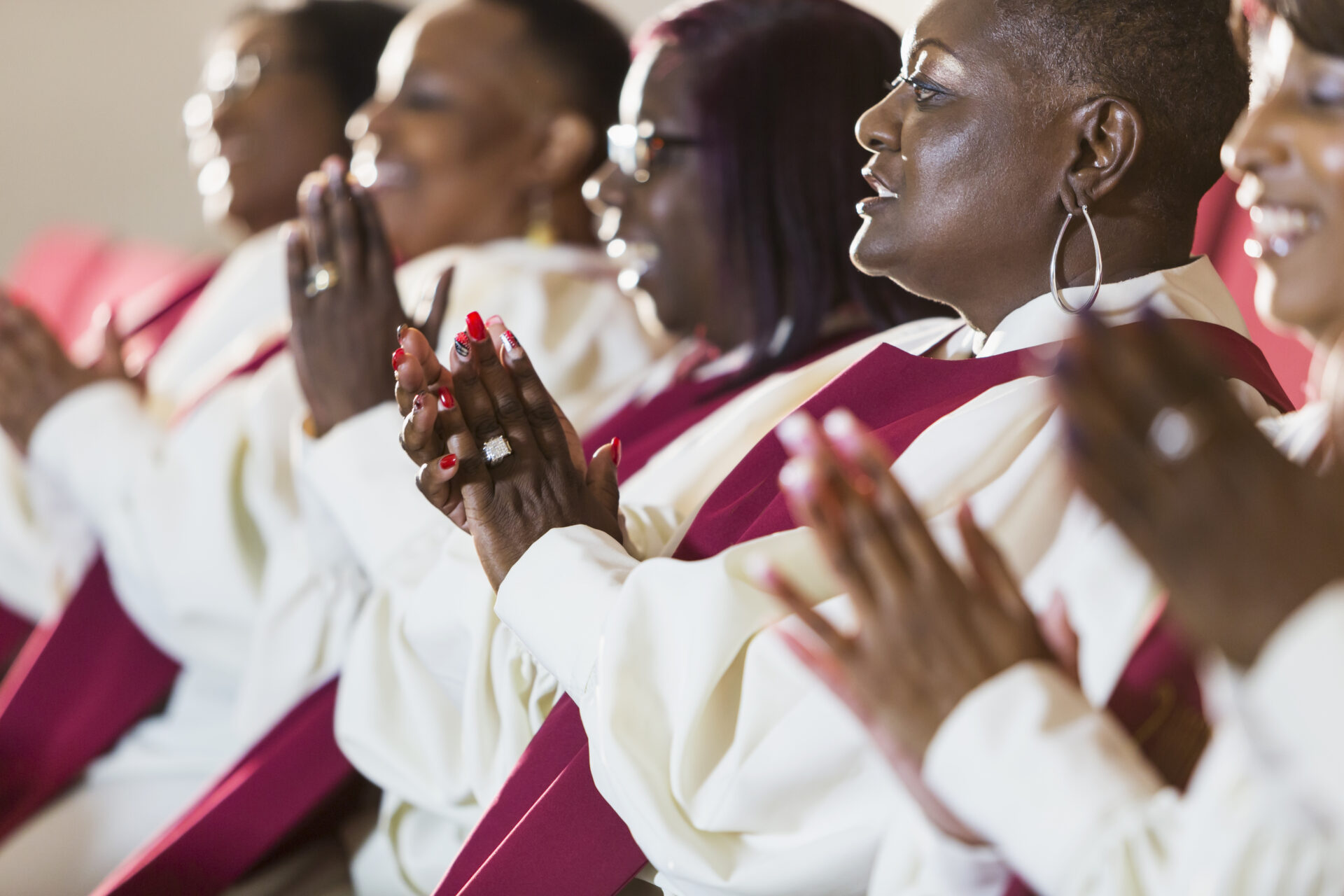
December 31, 2023
Why The New Year’s Eve ‘Watch Night’ For Black Americans Remains Prevalent
The New Year's Eve tradition of "Watch Night" church services for Black Americans remains as prevalent as ever.
While the relevance of “Watch Night” for Black Americans on New Year’s Eve is ingrained in its history, its place in modern times is a reminder of how far the community has come and what is next on the journey of freedom.
The Black American tradition started in 1862, and many in the Black community continue the practice as they pray together into the New Year. Black Americans in the 1800s waited for the announcement that would end slavery, that news being the legalization of President Lincoln’s Emancipation Proclamation. Lincoln’s executive order ending slavery was issued in September of that year, though it would not fully take effect until Jan. 1, 1863.
“People knew on Dec. 31, 1862, that it was the coming of a new day,” said Kate Masur, professor of history at Northwestern University to CNN. “So, the watch night tradition took on a new meaning and Black Americans in many places, in the free states, in the slave states, assembled for watch night meetings, celebrating the coming of freedom.”
Freed and enslaved Black people secretly joined together at church as they prayed for the new year to bring the freedom they fought for and dreamed of, doing so in secret in some states that had slave codes prohibiting them from religious gatherings. It has since become a mainstay: not only a nod to their history but a prayer that symbolizes the community’s plight.
Black churches across the nation still hold services paying homage to Watch Night, also known as Freedom’s Eve, and those who participate see the gathering as a call to action.
“You have the spiritual aspect about reflecting about God, but there’s also the cultural historical aspect of preservation of African American culture … The Black church is, to me, the hallmark place of preservation of Black history of Black culture,” said Tracy Oliver-Gary, who has attended Watch Night since childhood.
The National Museum of African American History and Culture detailed how prayers in remembrance of the inaugural Watch Night pay homage to their ancestors while furthering the notions of faith and community:
“Many congregants across the nation bow in prayer minutes before the midnight hour as they sing out ‘Watchman, watchman, please tell me the hour of the night.’ In return, the minister replies, ‘It is three minutes to midnight’; ‘It is one minute before the new year’; and ‘it is now midnight, freedom has come.'”
With hope at the forefront, Watch Night continues to be a Black tradition that withstands the test of time.
RELATED CONTENT: Ditch Your NYE’s Party Plans And Try One Of These Alternatives